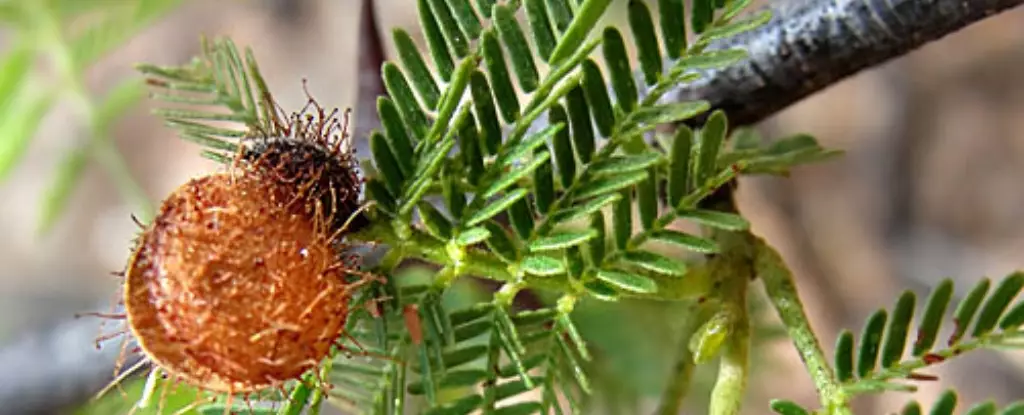In a world where traditional medicine often stands in stark contrast to modern pharmaceutical approaches, the jurema preta plant emerges as a beacon of hope, resurrecting Indigenous practices from the depths of history and weaving them into the fabric of contemporary mental health treatments. With its roots deeply embedded in Brazilian customs, this plant not only serves ritualistic purposes but has now captured the attention of scientific researchers exploring its potential therapeutic properties. The active substance found within its roots, dimethyltryptamine (DMT), is sparking discussions about the intersection of tradition and science, especially in treating conditions like chronic depression.
Experiencing the Shift
One striking testimony comes from Guaracy Carvajal, a 31-year-old software engineer. After enduring years of chronic depression, he turned to jurema preta, conducting his own extraction of DMT in 2016 based on instructions he found online. His experience highlights a critical dimension of psychedelics: the profound shifts in perception and emotional clarity that can occur when traditional beliefs are paired with contemporary methods. Carvajal remarks that using the plant allowed him to “feel like you’ve solved something in your life.” This subjective transformation brings forth questions about the deeper emotional and spiritual impacts of substances like DMT beyond mere pharmacological effects.
The Scientific Lens
Leading researchers such as physicist Draulio Araujo are embarking on a groundbreaking path to identify and quantify these effects. From their investigations at the Brain Institute of the Federal University of Rio Grande do Norte, Araujo and his team conducted a six-month study on 14 participants, carefully monitoring the nuances of their experiences with vaporized DMT. Patients reported rapid improvements in their depressive symptoms just one day post-treatment, which calls into question the lengthy and often tedious timeframes associated with conventional antidepressant therapies. Yet, Araujo wisely cautions that these psychedelics, while promising, are not universal remedies—“not a magic cure”—and the intricate waiting game of managing mental illness is far from over.
Complexities of Healing
Neuroscientist Fernanda Palhano-Fontes adds depth to this narrative, emphasizing the dual realities in the patient experience. While some individuals glean significant benefits from jurema preta, others see little to no improvement. This stark dichotomy suggests that the human psyche is not easily predictable and that individual healing journeys can vary widely. The way forward seems to require a fusion of these novel therapeutic methods with traditional psychological therapies and sometimes even continued pharmaceutical treatment to facilitate a more holistic approach to mental well-being.
The Cultural Context
The exploration of jurema preta is uniquely Brazilian, rooted in a cultural context that has long revered this plant. Indigenous rituals that highlight spiritual connections are among the first iterations of DMT usage and illustrate how integral this plant is to understanding collective consciousness and communal healing. Onlookers participating in these ceremonies, like Joyce Souza, articulate their transformative experiences not as mere hallucinations but as pathways to deeper self-awareness. This contextual backdrop is essential, as it fosters an understanding of jurema not simply as a substance, but as an integral part of people’s identities and worldviews.
A Vision for the Future
As researchers, especially Araujo, aim to expand their studies to include larger cohorts with hopes of discovering which profiles benefit most from DMT, a notable future awaits. The balance of merging traditional rituals with scientific validation has the potential to open new doors in psychiatry, offering alternative healing methodologies that deeply resonate with patients’ lived experiences. The quest to decipher when and how to introduce such treatments into clinical settings ignites an excitement that could redefine mental health care paradigms.
In this dynamic interplay of science, tradition, and personal narratives, jurema preta stands at the forefront, symbolizing the healing potential that lies within a synthesis of old and new—a truly transformative exploration worthy of further investigation.

